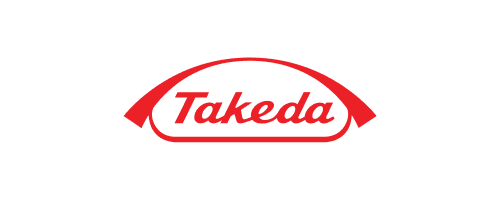4 Ways Smart Automation Accelerates
Clinical Data Management
"We've reduced our timelines by 50%. Our target goal was a median of five weeks. We're actually achieving 4.4 weeks across the portfolio."
GSK successfully simplified its operating model to accelerate trial timelines across 80 active studies and over 5,000 users.
Graham Craig (GSK) explains the impact of smart automation on time to database lock
Veeva Vault Electronic Data Capture (EDC) and Veeva Clinical Database (CDB) have advanced GSK’s connected environment, enabling it to introduce smart automation at scale. Here are four ways it has helped accelerate clinical data management — and reduce average study timelines.
1. Automate data aggregation and consolidation
Before introducing Veeva CDB, GSK’s data managers used 40+ systems to manage trial data and were forced to aggregate data manually from disparate sources, using spreadsheets.
With CDB, GSK is automating data ingestion and harmonization across all relevant sources (e.g., eCRF, external study data) into a single environment. Frequent updates make it easier to export the latest data to stakeholders in other functions (e.g., clinical science, medical writing).
2. Complete and current view of clean data
Previously, understanding data cleaning progress was a challenge while SAS checks and listings complicated the overall data picture.
Since consolidating its cleaning activities to one tool, data managers use a single control center to manage discrepancies and have better cleaning oversight. They can also use a ‘snapshot’ of patient data to signal where they are in their data-cleaning journey to downstream teams.
3. Faster freeze and lock of patient data
The old approach was to freeze patient data form by form, which diverted specialized resources from value-added tasks.
By using CDB functionality, data managers can quickly demonstrate that study data hasn’t changed, reducing the need for study data tabulation model (SDTM) reviews. Additionally, medical writing has automated the ‘lift and shift’ of data, accelerating clinical study report generation.
4. Generate data change extract reports
Before implementing Vault EDC, reports were generated at the subject level, so identifying data changes was laborious. With Vault EDC, data managers access the latest data from the day of receipt and run study-level reports, enabling them to identify data changes at the subject, site, or country levels.
Data change extract reports pinpoint critical data within the eCRF. This supports GSK in fulfilling its risk-based responsibilities for audit trail review, adhering to the latest guidance from the EMA.
Connected data foundation
A connected environment ensures study data flows to the right stakeholders. By enabling these smart automation use cases and accelerating clinical data management, GSK has almost halved average study timelines, from a median of eight weeks to just 4.4. Its future target is two weeks to database lock.
Find out whether AI hype is diluting smart automation’s impact on clinical data management.



